
You are doing it all wrong. Here’s the right way to store leftovers
In today’s fast-paced world, making the most of your meals by storing leftovers isn’t just about convenience—it’s a smart, sustainable choice that helps reduce waste, save money, and make meal prep easier. Yet, many people feel disappointed when their leftovers lose flavor, texture, or spoil sooner than expected. The secret lies in understanding the science and strategy behind proper food storage.
Storing leftovers effectively involves much more than tossing them into random containers and pushing them to the back of the fridge. From container selection to temperature control, every step matters. This comprehensive guide will teach you how to store your leftovers correctly so you can enjoy every meal as if it were freshly made.
1. Understanding the Basics of Leftover Storage
The cornerstone of proper leftover storage is maintaining food safety and quality. Harmful bacteria multiply rapidly at temperatures between 40°F and 140°F, a range often referred to as the danger zone. Your goal should be to cool leftovers quickly and keep them out of this range as much as possible.
Always refrigerate leftovers within two hours of cooking, or within one hour if the temperature is above 90°F (for example, during a summer picnic). Store food at 40°F or below to prevent bacterial growth and consume it within three to four days for best quality. Freezing is also an excellent way to extend shelf life for weeks or even months while retaining nutrients and flavor.
Pro tip: Divide large portions into shallow containers to cool faster—this helps prevent bacteria from forming in the center of thick dishes like casseroles or stews.
2. The Importance of Choosing the Right Containers
Selecting proper containers is crucial for preserving both taste and texture. Airtight containers prevent moisture loss and contamination, keeping your food fresher for longer. Glass containers are particularly useful because they’re non-reactive, durable, and ideal for reheating.
If you’re freezing foods that expand—like soups, sauces, or stews—leave at least one inch of space at the top to allow for expansion and avoid cracking. Also, match the container size to the portion; too much empty space allows air exposure, leading to freezer burn and flavor loss.
Extra tip: Consider using silicone storage bags or vacuum-sealed containers for eco-friendly, space-saving storage that maintains freshness even longer.
3. Why Rice Should Never Be Stored Airtight
Rice seems harmless, but it can be risky if not stored properly. Sealing freshly cooked rice in an airtight container can trap moisture, creating the perfect environment for Bacillus cereus, a bacteria known to cause food poisoning.
To store rice safely, let it cool quickly and place it in a container with a vented lid or one that’s slightly ajar to allow steam to escape. Consume it within one to two days, and always reheat thoroughly to at least 165°F before eating. If the rice smells off or feels slimy, it’s best to discard it.
4. Cooling Soups Before Storing in Glass Containers
Pouring hot soup directly into glass containers is a common mistake that can cause thermal shock, cracking the glass and wasting your food. Instead, allow your soup to cool to room temperature before transferring it.
To cool it faster, divide large batches into shallow containers or place the pot in an ice-water bath while stirring occasionally. Once cool, cover tightly and refrigerate. When reheating, ensure the soup reaches 165°F and stir well to distribute heat evenly.
5. The Best Way to Store Bread: Freezer vs. Fridge
Bread requires special care to maintain its flavor and texture. Many assume the refrigerator keeps bread fresh, but it actually causes it to stale faster due to starch retrogradation, where starch molecules recrystallize and harden.
For long-term storage, the freezer is your best option. Wrap bread tightly in plastic wrap or foil, then seal it inside a freezer-safe bag. When ready to enjoy, thaw it at room temperature or toast it straight from frozen. This preserves freshness without compromising texture.
Bonus idea: Slice your loaf before freezing—this lets you grab only what you need without thawing the entire loaf.
6. Storing Pasta: The Olive Oil Trick
Plain pasta tends to clump together once cooled. To prevent stickiness, toss cooked pasta with a small amount of olive oil before storing. This thin coating acts as a barrier between the strands, keeping them separate and moist.
Store in an airtight container and refrigerate for three to five days. When reheating, add a splash of water or sauce to bring back its softness. For sauced pasta, reheat slowly over low heat to maintain the best texture and flavor.
7. Labeling: The Key to Freshness and Organization
Labeling leftovers might seem tedious, but it’s one of the most effective ways to ensure food safety and reduce waste. Always include the date of storage and a brief description of what’s inside.
This habit helps you track how long each item has been stored and makes meal planning easier. Use freezer-safe labels or a waterproof marker so the writing doesn’t smudge over time. For an even more organized fridge, group similar items together and use clear containers for visibility.
8. Setting the Perfect Temperature
Your fridge and freezer’s temperature settings are critical for preservation. Keep your refrigerator at 40°F (4°C) or lower and your freezer at 0°F (-18°C). Use an appliance thermometer to verify accuracy—built-in thermostats are often unreliable.
Avoid overcrowding; airflow is essential to maintain consistent cooling. A well-organized fridge not only keeps food safe but also makes it easier to spot and use leftovers before they spoil.
9. Portioning Leftovers for Convenience
Dividing leftovers into meal-sized portions before storing saves time and prevents waste. Instead of reheating a large batch, you can warm only what you need, maintaining quality and reducing repeated temperature changes.
This also helps with meal prep and portion control—great for busy weekdays or packed lunches. Store single portions in stackable containers to save fridge or freezer space.
10. Reheating Leftovers Safely and Efficiently
Proper reheating is just as important as proper storage. Always heat leftovers to at least 165°F to kill any bacteria that may have developed. Stir or rotate the food halfway through to ensure even heating.
When using a microwave, cover food with a microwave-safe lid or vented plastic wrap to retain moisture. For crispy foods like pizza or fried chicken, use an oven or toaster oven instead to restore texture. Remember: avoid reheating leftovers more than once, as repeated heating degrades both flavor and safety.
11. Viral Storage Hacks Worth Trying
The internet is full of creative, time-saving hacks to help extend food freshness. For instance, freeze leftover sauces, pesto, or broth in ice cube trays for easy portioning—you can pop out just what you need later.
Another clever trick: store leafy greens with a paper towel inside the container to absorb excess moisture and keep them crisp longer. You can also freeze fresh herbs in olive oil, or store half-used avocados with onion slices to slow browning.
Embracing these innovative methods can make leftover management effortless, reduce waste, and keep your kitchen running smoothly.
Final Thoughts
Learning how to store leftovers the right way transforms your kitchen habits. You’ll save money, reduce food waste, and enjoy delicious meals without compromise. With just a bit of planning and attention to detail—from cooling to labeling—you can extend the life of your food and make the most of every bite.
News in the same category


Why Do Flat Electrical Plugs Have Two Round Holes? The Hidden Function Is Brilliant

What Your Pile of Dirty Dishes Might Really Be Saying About You
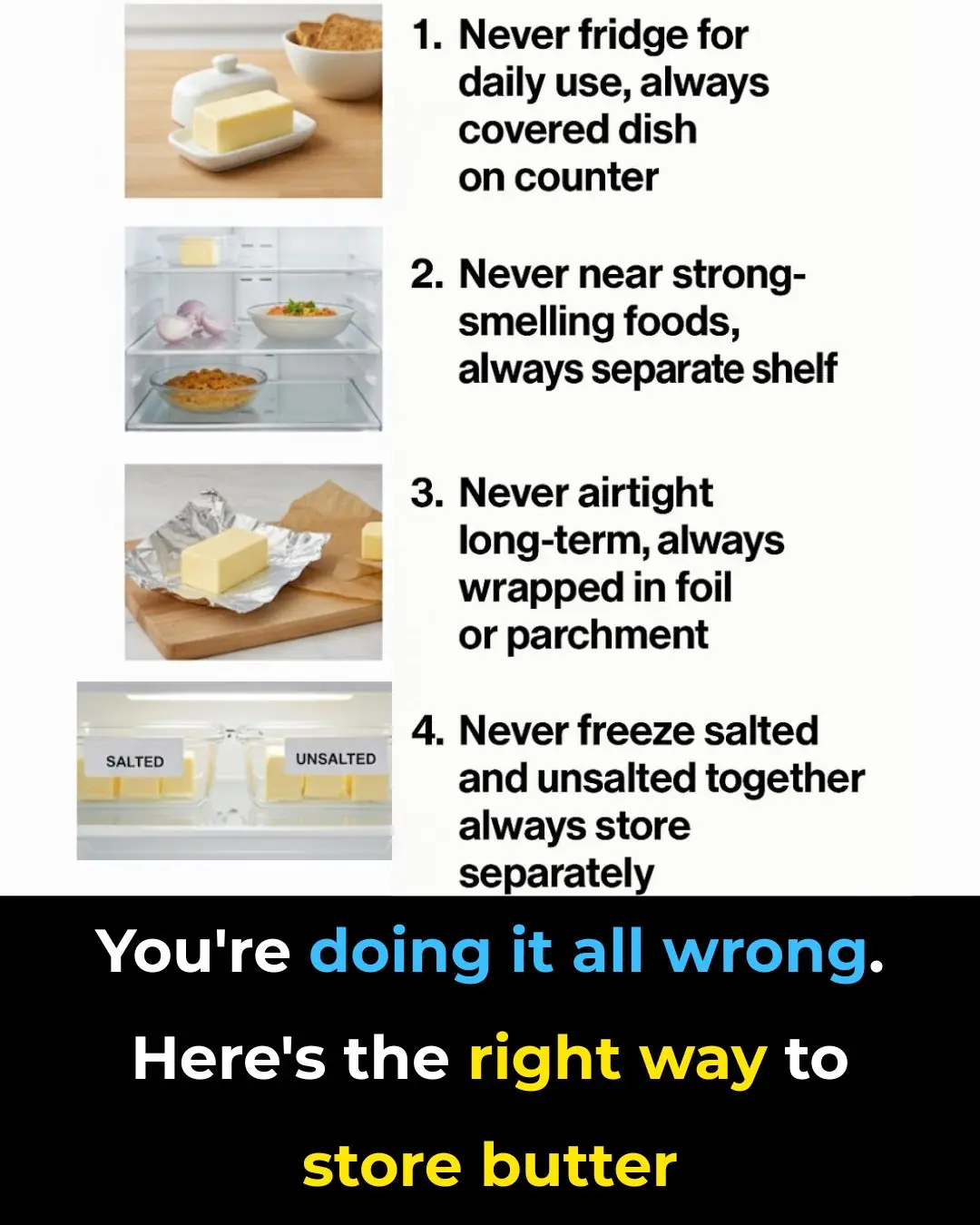
You're doing it all wrong. Here’s the right way to store butter

Why There’s a Dent in Your Milk Jug—and What It Actually Does

The more you clean a leaky house, the dirtier it gets: Do this to dry it, with immediate effect

During humid spring rains, put this in the bathroom to help deodorize, avoid moisture, and save cleaning time.

4 ways to distinguish clean vermicelli and vermicelli contaminated with chemicals, every housewife should know

Tips for salting white eggplants so they stay crunchy, don't turn black, and don't develop mold over time

Putting citrus peels in white vinegar helps solve many household problems without wasting effort.

The whole world values this type of fruit even more than cordyceps; Vietnam has plenty of it, but no one knows to eat it.
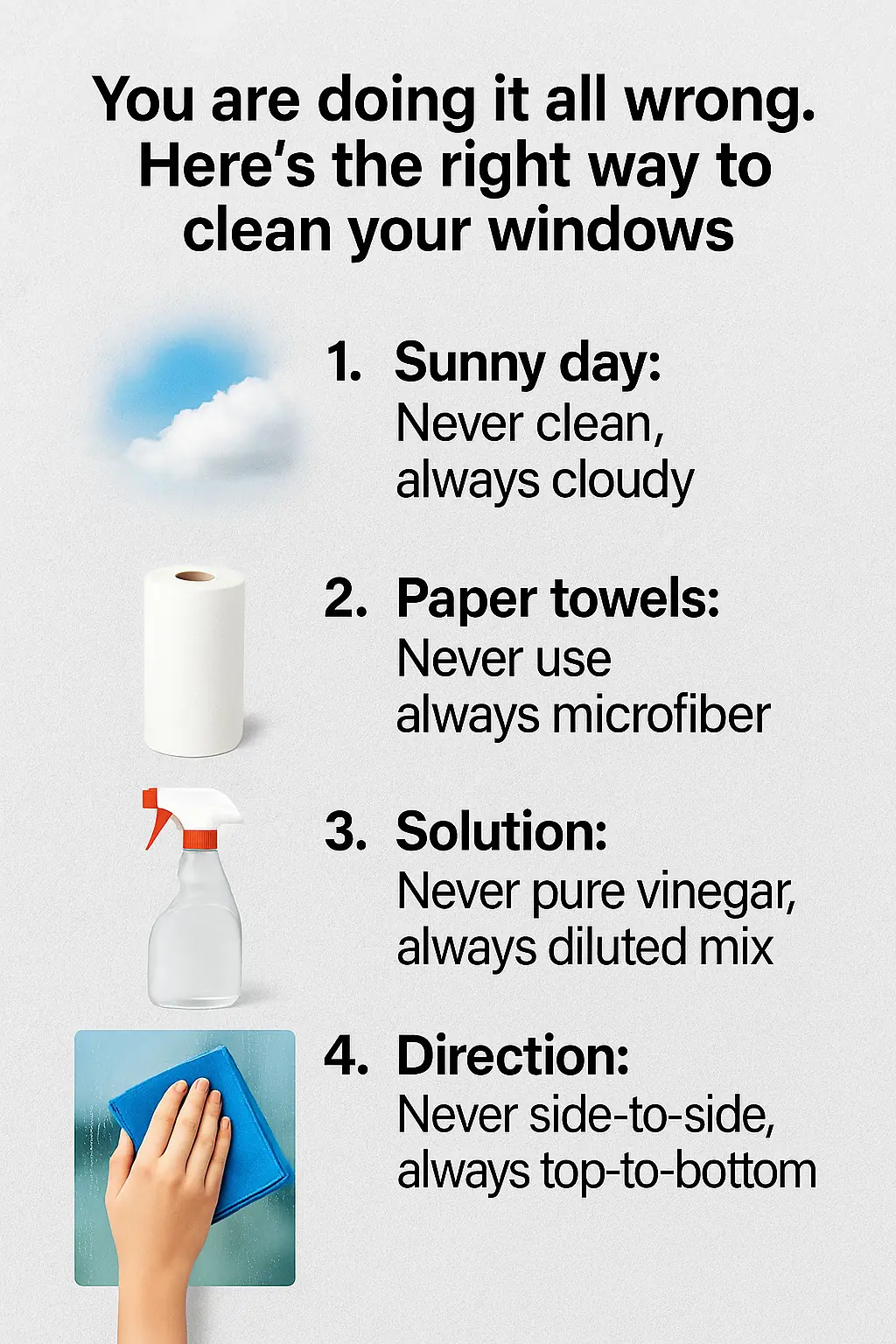
You are doing it all wrong. Here's the right way to clean your windows

My nana taught me this hack to whiten dingy grout in 4 mins with 0 work. Here’s how it works

You’re doing it all wrong. Here’s the right way to dust your home

These ideas are amazing

The 'immortality' drink helps an 82-year-old female professor work tirelessly and fight aging: The recipe is extremely simple

Wild vegetables that never worry about chemicals are considered longevity vegetables in Japan, but many Vietnamese people still pull them out.

Add a drop of essential oil to an onion, and no matter how many mosquitoes and insects there are, they will all fly away.
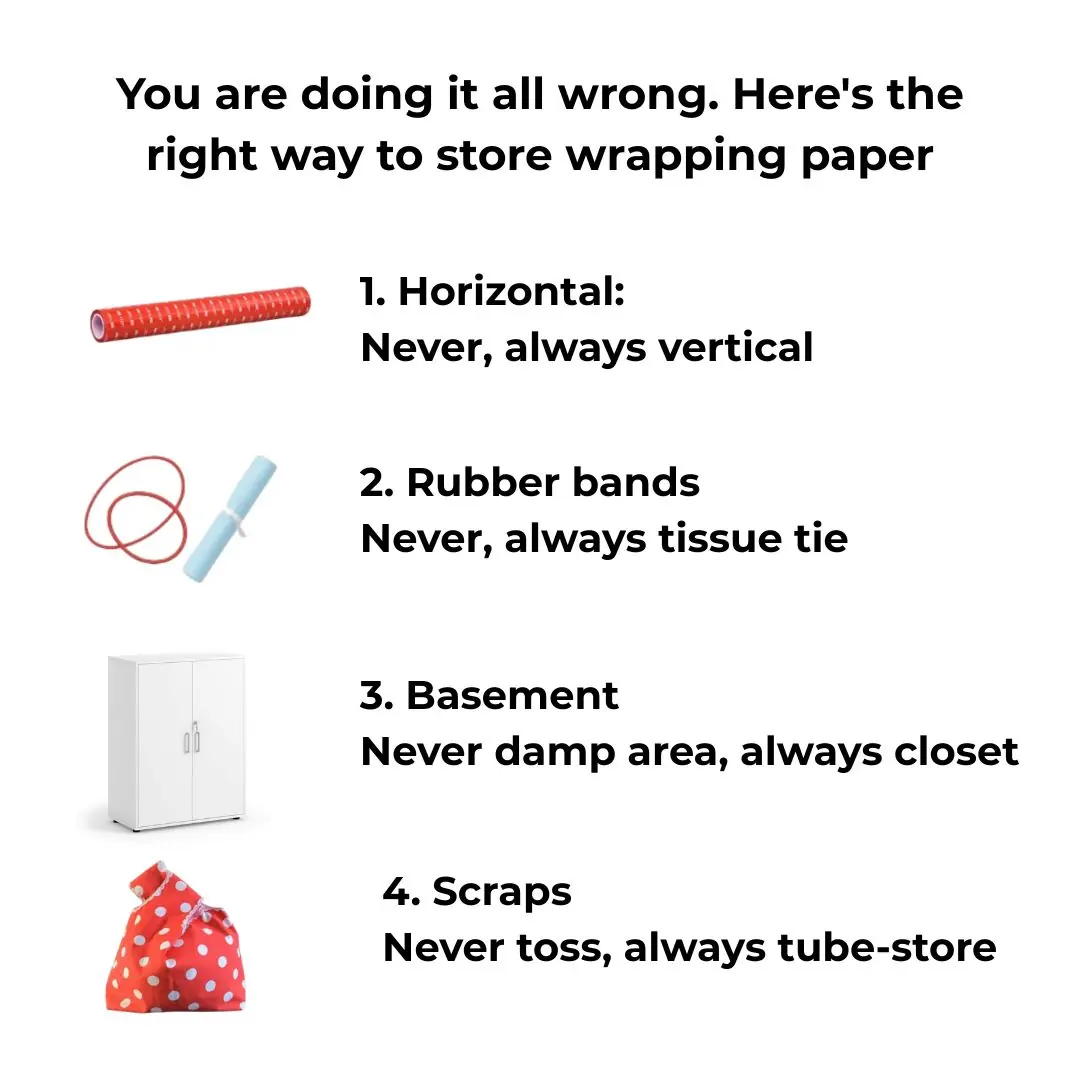
You are doing it all wrong. Here’s the right way to store wrapping paper
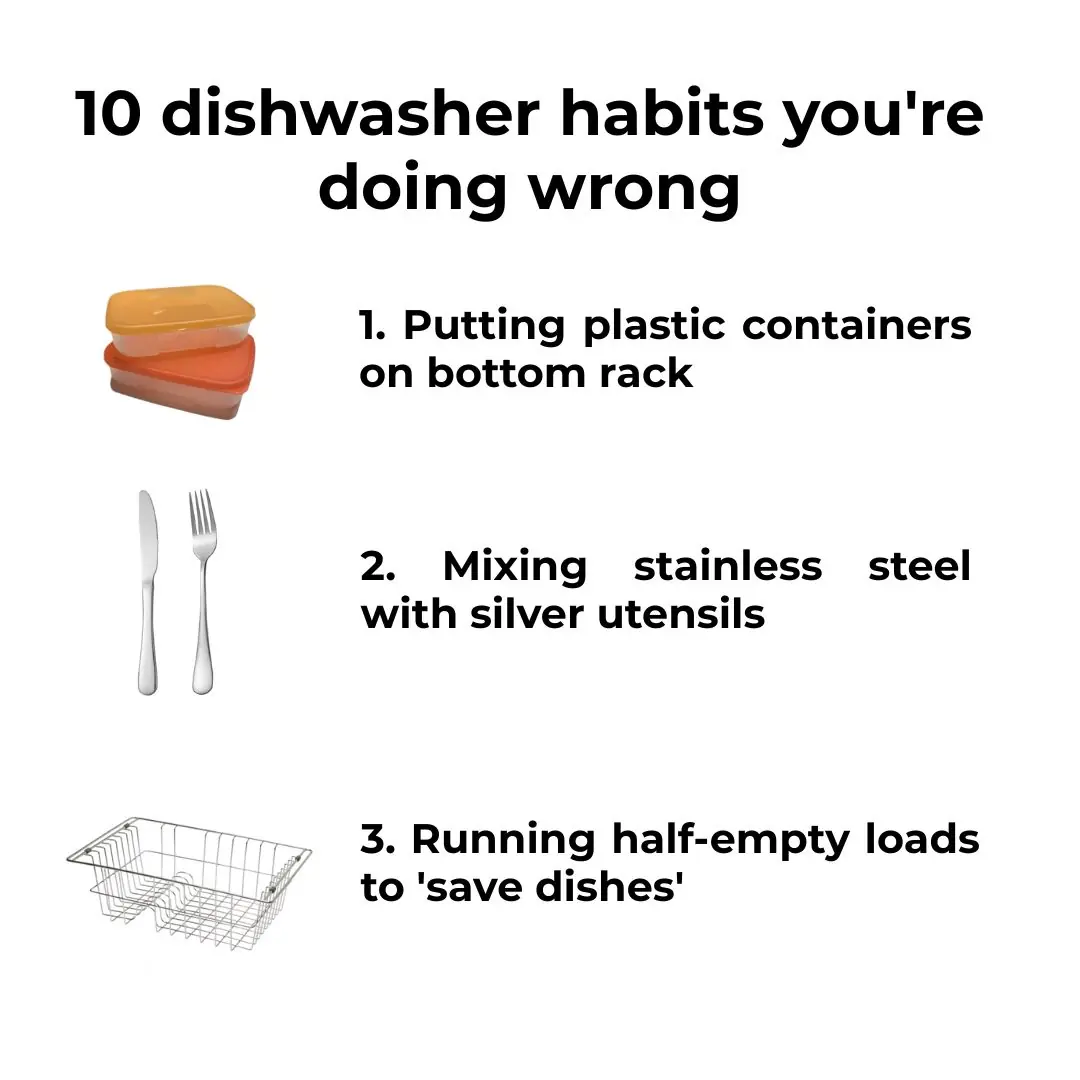
10 dishwasher habits you’re doing wrong
News Post

A Quiet Farewell: Robert Redford’s Final Glimpse of Hope.

The Elephant Who Swam Too Far: A Story of Courage, Compassion, and Survival.

Why Do Flat Electrical Plugs Have Two Round Holes? The Hidden Function Is Brilliant

YouTuber shocks fans after revealing he hasn't showered in three months

YouTubers expose reality of 'toxic' Colorado ghost town that was abandoned for tragic reason

What Your Pile of Dirty Dishes Might Really Be Saying About You

Japanese scientists delete chromosome that causes down syndrome

Sleeping Naked: 8 Surprising Benefits

You're doing it all wrong. Here’s the right way to store butter

Unlock Radiant Skin: Your Comprehensive Guide to Homemade Flaxseed Gel

Can You Really Reverse Grey Hair? The Truth Behind Natural Remedies and Modern Treatments

Why There’s a Dent in Your Milk Jug—and What It Actually Does

Transform Your Hair Naturally with Onion and Coffee: A Powerful DIY Treatment for Thicker, Healthier Hair

DIY Rice Flaxseed Gel for a Youthful, Glowing Complexion: Revitalize Your Skin Naturally
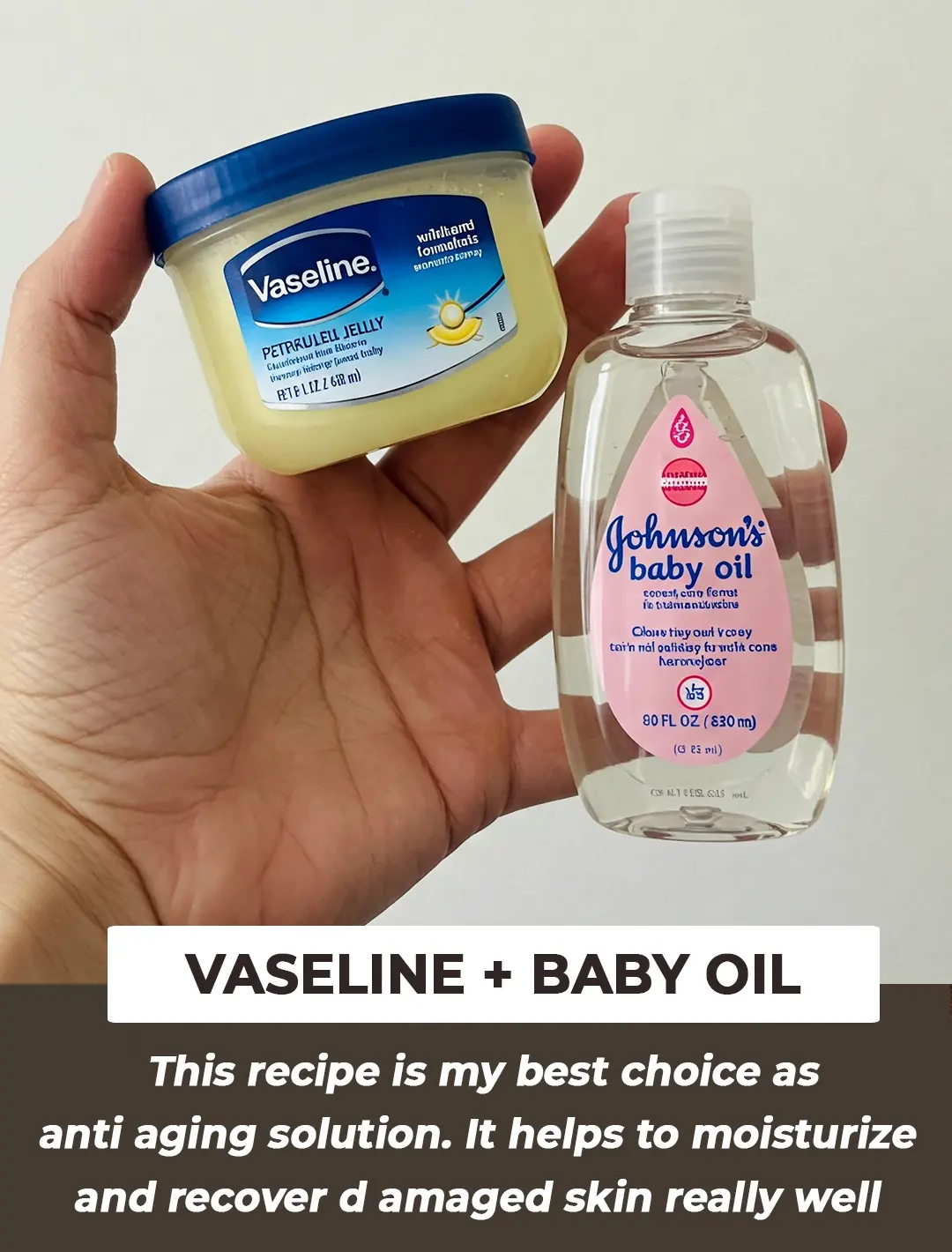
The Ultimate Anti-Aging Solution: How Vaseline and Baby Oil Can Transform Your Skin Overnight

Lash Booster Serum To Get Thicker Beautiful Eyelashes

20 Makeup Tips for Women Over 50 to Look Younger and More Radiant

Unlock Radiant, Glowing Skin: Your Guide to the 10 Best Homemade Potato Face Packs

Homemade roasted onion peel for grey hair: A Natural Solution for Vibrant, Darker Hair
